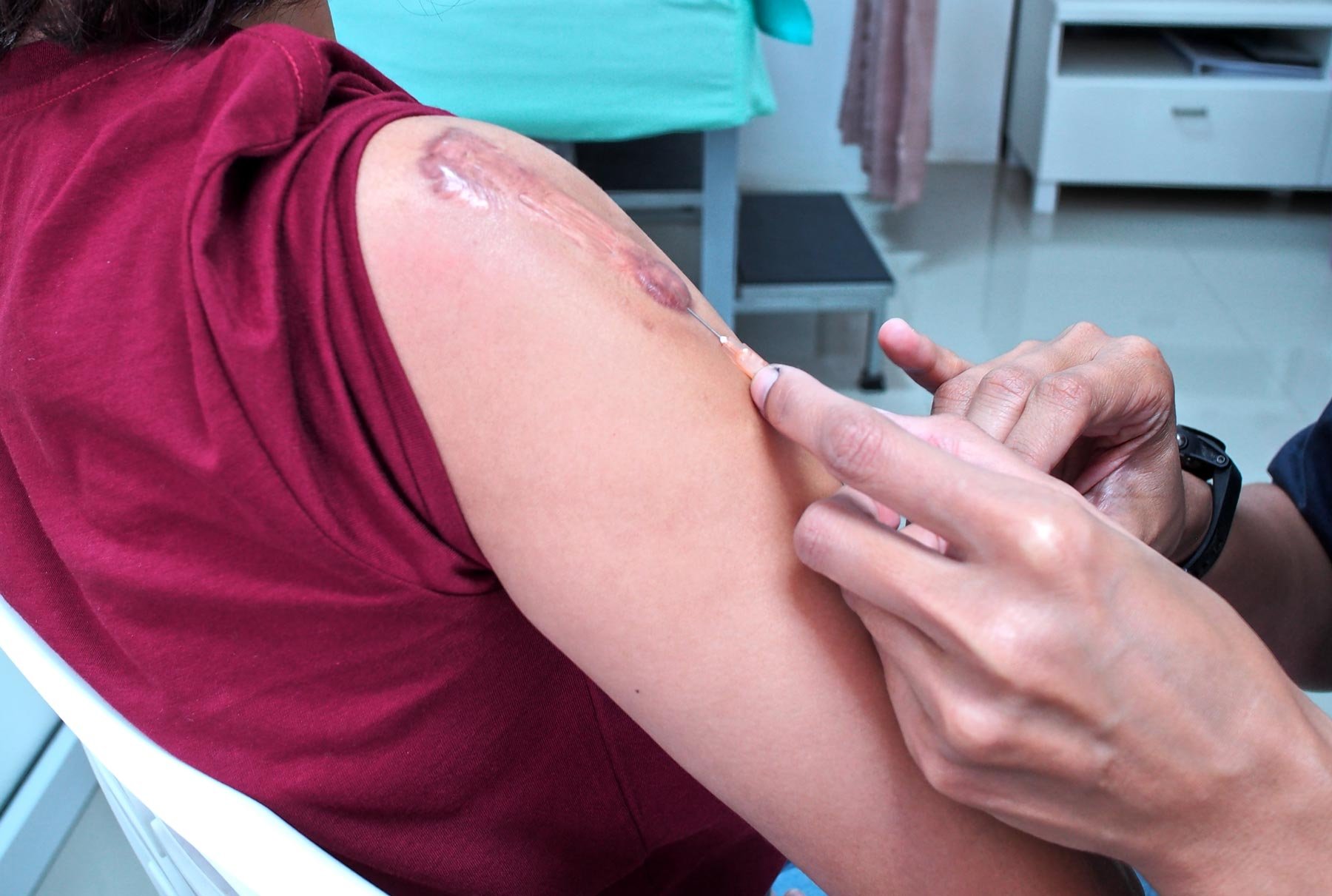
Keloid Excision and Radiation
Excision followed by SRT, or superficial radiotherapy, is a treatment option for keloids that we offer at Fora Dermatology. Keloids are benign (non-cancerous) and are not usually harmful, but they can be itchy, painful, and cosmetically unappealing.
Excision is a surgical procedure in which the keloid is removed, or excised, from the skin. The area is then closed with sutures, or stitches. Excision is often the first line of treatment for keloids, as it can effectively reduce the size and appearance of the keloid. However, there is a risk that the keloid will return, or recur, after excision. To reduce this risk, SRT is often used after excision to kill any remaining keloid cells and prevent recurrence.
SRT, or superficial radiotherapy, is a type of radiation treatment that uses low-energy x-rays to destroy keloid cells. SRT is administered by a dermatologist or plastic surgeon, and is usually given once a week for several weeks. The length of treatment depends on the size and location of the keloid, as well as the patient's overall health.
SRT is usually well tolerated, and side effects are usually mild. Common side effects include skin irritation, redness, and dryness. Rarely, SRT can cause scarring or changes in skin color.
Excision followed by SRT is a safe and effective treatment for keloids, but it is not suitable for everyone. It is important to discuss the potential risks and benefits of treatment with a healthcare provider, and to follow their instructions carefully.

